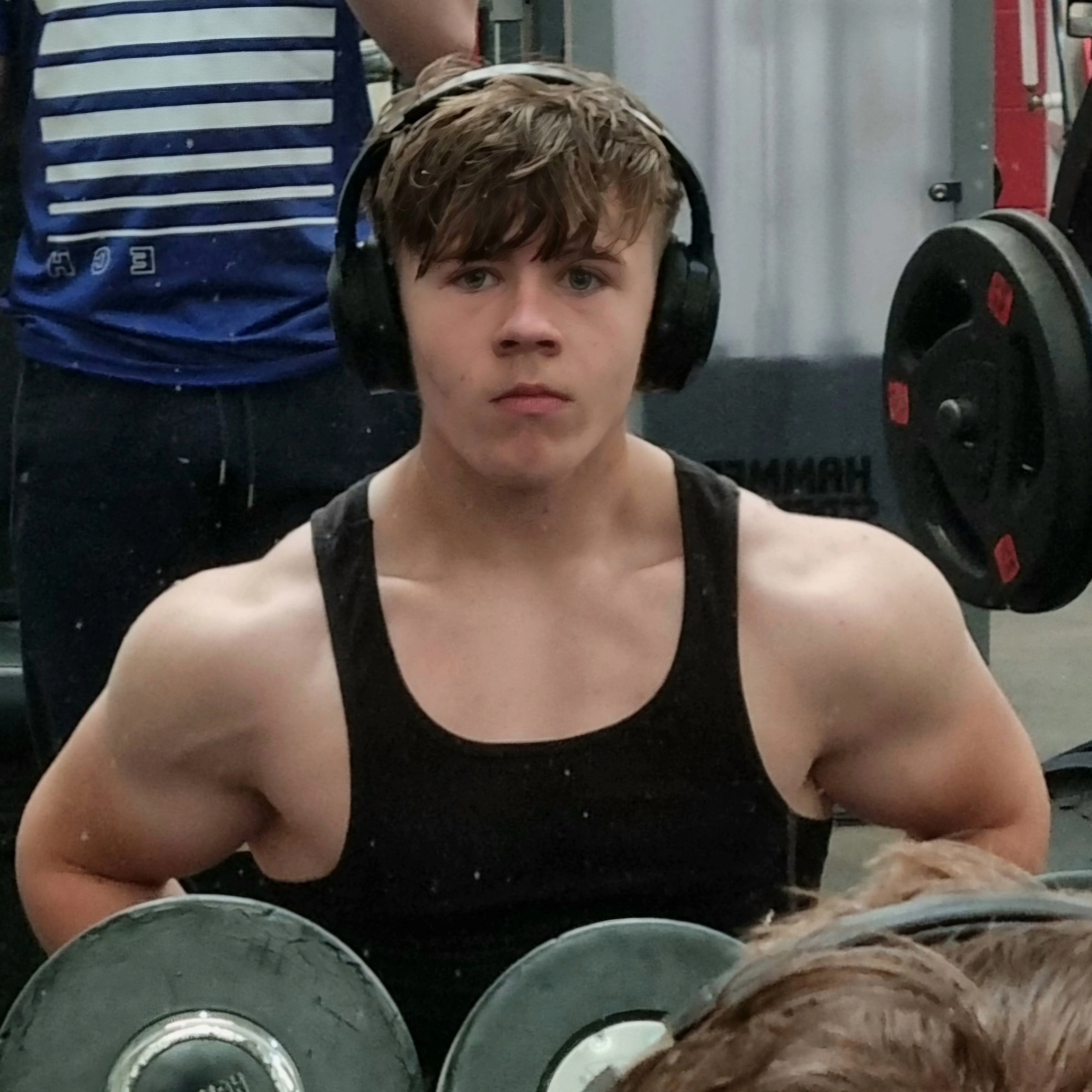Required Practicals
Cards (27)
- What are the three types of variables in investigations?
- Why is it important to state the equipment used for measurements?
- What safety equipment is commonly used when working with chemicals?
- How can you reduce parallax error when measuring?
- What is the benefit of taking multiple measurements?
- Why is it acceptable to write answers in bullet point format?
- How should you phrase instructions in a practical report?
- What is the process for making salt crystals in a practical?
- What is the setup for electrolysis in a practical?
- What happens at the cathode during electrolysis?
- What happens at the anode during electrolysis?
- How does the reactivity of ions affect electrolysis outcomes?
- What is the procedure for measuring temperature changes in a reaction?
- What are the two methods to observe rates of reaction?
- What is the purpose of chromatography?
- What is the process of chromatography?
- What is the definition of distilled water?
- What is desalination?
- What is the procedure for titration in neutralization?
- How do you calculate the concentration of an acid in titration?
- What are the methods to identify metal and non-metal ions?
- What indicates the presence of carbonate ions?
- What color precipitate indicates chloride ions?
- What color precipitate indicates bromide ions?
- What color precipitate indicates iodide ions?
- What indicates the presence of sulfate ions?
- What should you not see if water is well purified?
